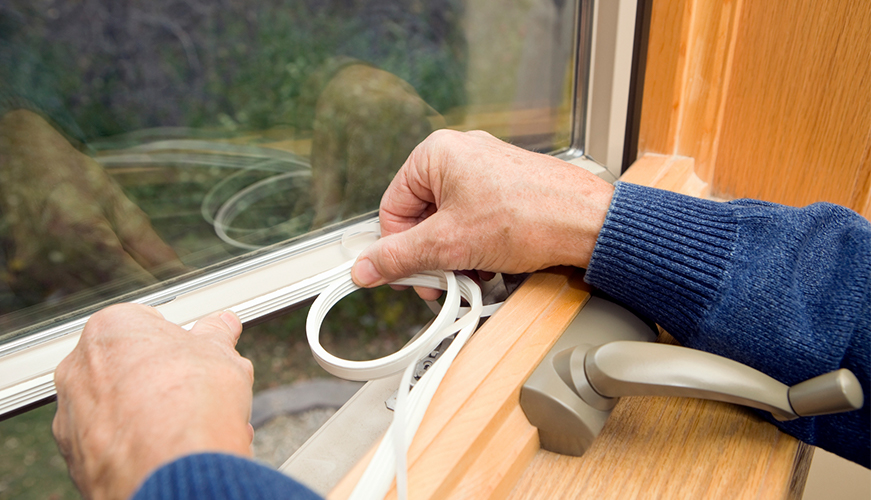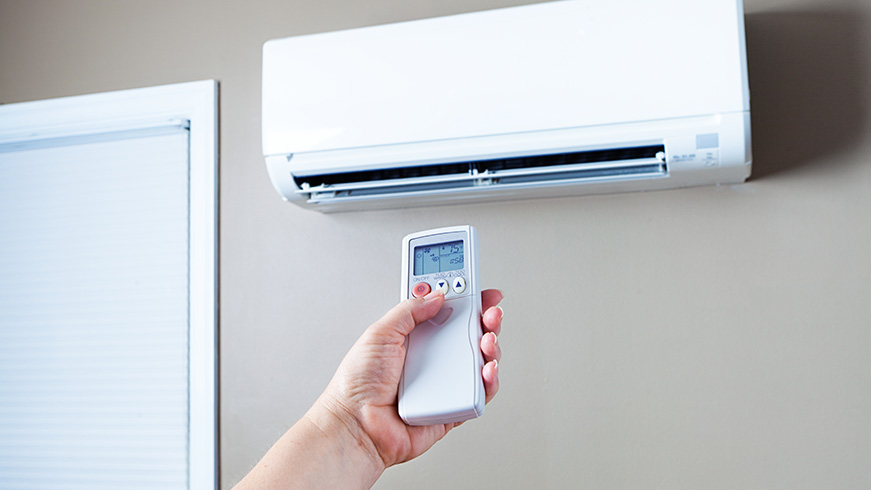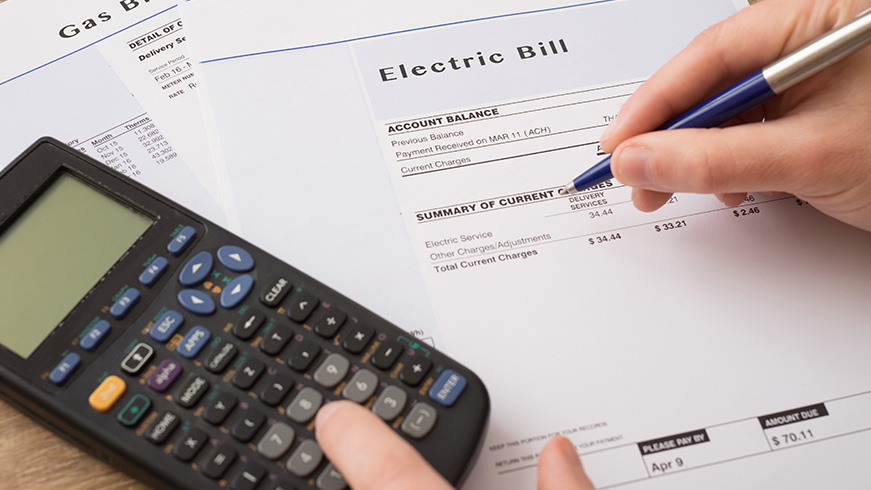With colder weather fast approaching, it’s important to ensure that your home is properly insulated. This will help you maintain a comfortable environment and boost your home’s energy efficiency. Improper insulation and air leaks are two of the biggest culprits in compromising the integrity of your home’s heating and cooling and raising your energy bill.
Insulation is rated by R-Values. The R-Value represents how well the material resists heat conduction. The stronger the insulation, the higher the R-Value, on a scale of 1-8. There is also an R-Value for climates. Warm climates are rated 30-49, moderate climates are rated 38-60, and cold climates are rated 49-60. To determine how many inches of insulation you need, divide the R-Value of your climate by the R-Value of your insulation. To find out which zone you live in, consult this link: https://www.energystar.gov/index.cfm?c=home_sealing.hm_improvement_insulation_table.
The average R-Values per inch of the most common types of insulation are:
- Fiberglass (blown): 2.2 – 2.9
- Fiberglass (batts): 2.9 – 3.8
- Cellulose (blown): 3.1 – 3.8
- Rock Wool (loose): 2.2 – 3.3
- Foam (sprayed): 3.6 – 8.2
The actual R-Value of these products will be listed on the packaging.
So, if you live in a warm climate and have fiberglass batts insulation, you’ll need between 7.89 and 16.89 inches of insulation in order to have the most energy efficient home. (30/3.8= 7.89 and 49/2.9=16.89)
While it’s most cost effective to install all of your insulation during the construction of your home, it’s possible that you may need to add insulation in order to reinforce your preexisting setup or fix air leaks over the years. In order to determine if this is necessary, you can set up an energy assessment and have a professional determine how efficient your home is. If this isn’t an option, you can assess your own home.
Start by checking the insulation in your home. What you want to do is measure how many inches of insulation you have and multiply it by the R-Value of the insulation in order to see if you have enough to match the R-Value of your climate. You should have insulation in your attic, around your ducts, in exterior walls, around unheated spaces (like garages), and in the foundation, basement, and crawlspaces of your home. The insulation around unheated spaces should be exposed and easy to check. The insulation in your exterior walls is measurable through your exterior power outlets. Simply turn off the electricity to the outlets, remove the cover, and measure the depth of insulation therein. You should check all of the exterior outlets to make sure that there is insulation around your entire home.
It’s also important to check for air leaks in your home. Do this by checking all exterior corners, outdoor water faucets, the connection between siding and chimneys, and exposed foundation. If these areas are cracked or leaking air, they should be sealed with caulk. Inside of your home, you should check electrical outlets, switch plates, door and window frames, electrical and gas service entrances, baseboards, weather stripping around doors, fireplace dampers, attic hatches, wall- or window-mounted air conditioners, cable TV and phone lines, where dryer vents pass through walls, and vents and fans. Most of these spaces can be sealed with weather stripping and the rest with caulk or putty.
It’s important to ensure that your home is properly insulated so that you can stay comfortable in the cooler months. You’ll also save money on your energy bill by sealing up any leaks and stopping heat from escaping through insufficient insulation, giving you a few extra dollars to spend on holiday gifts for loved ones.



